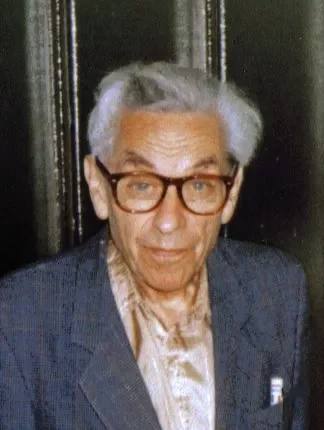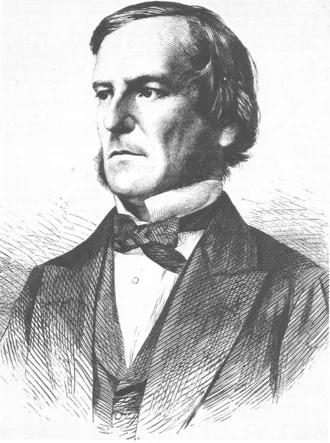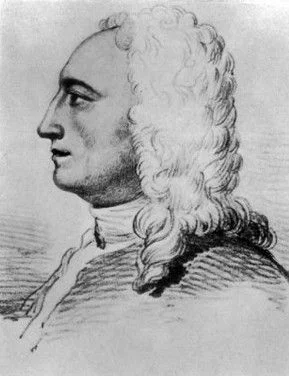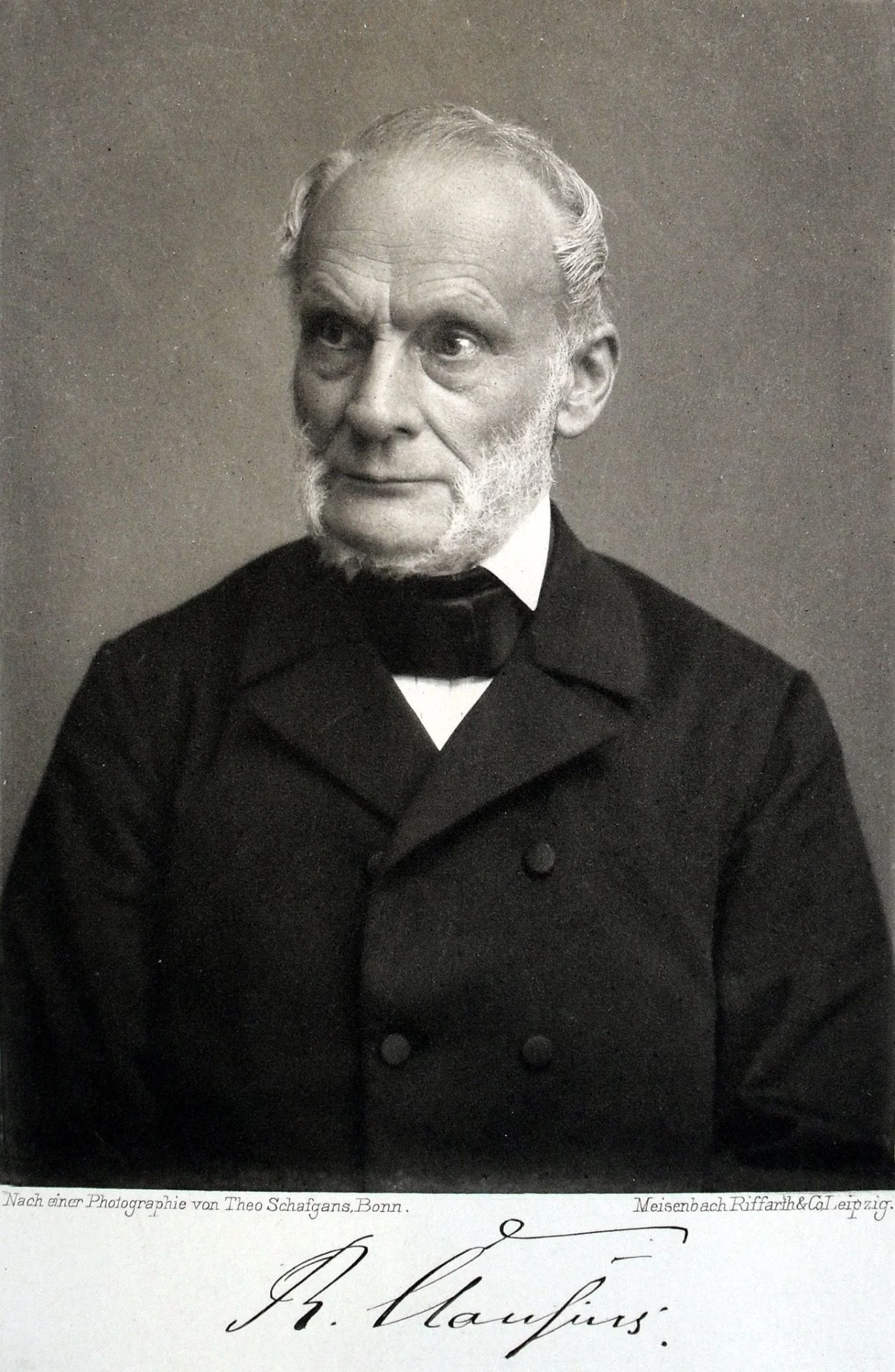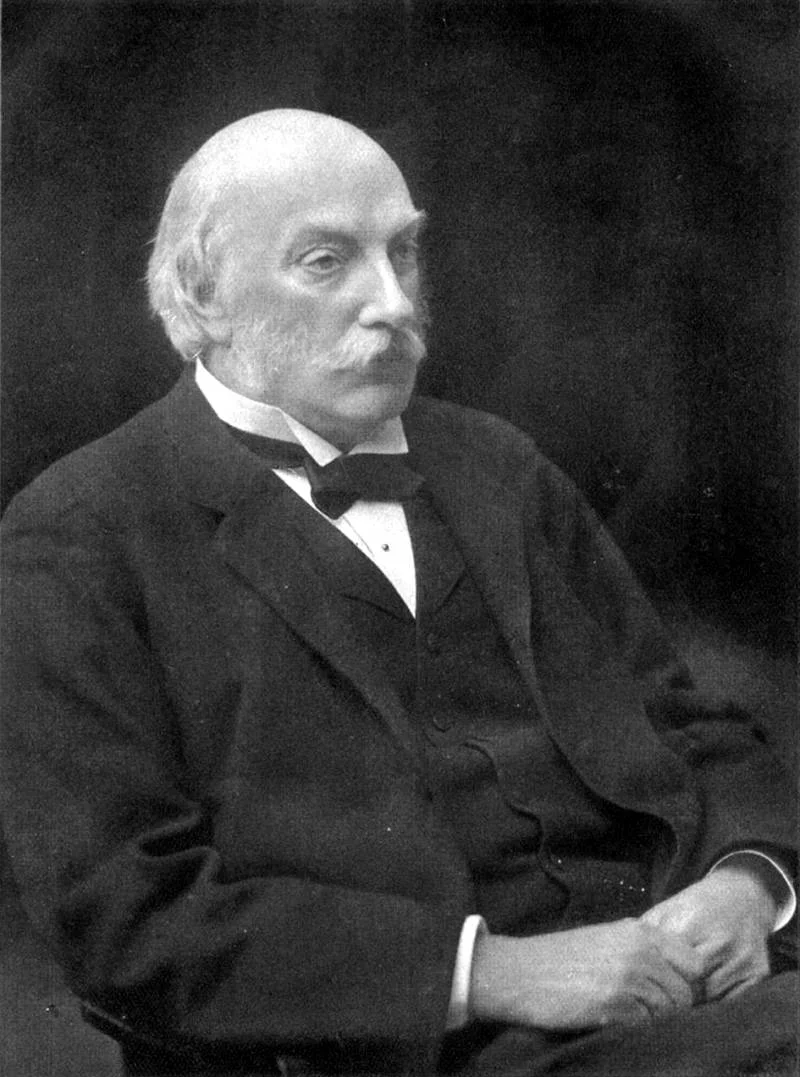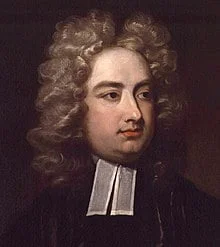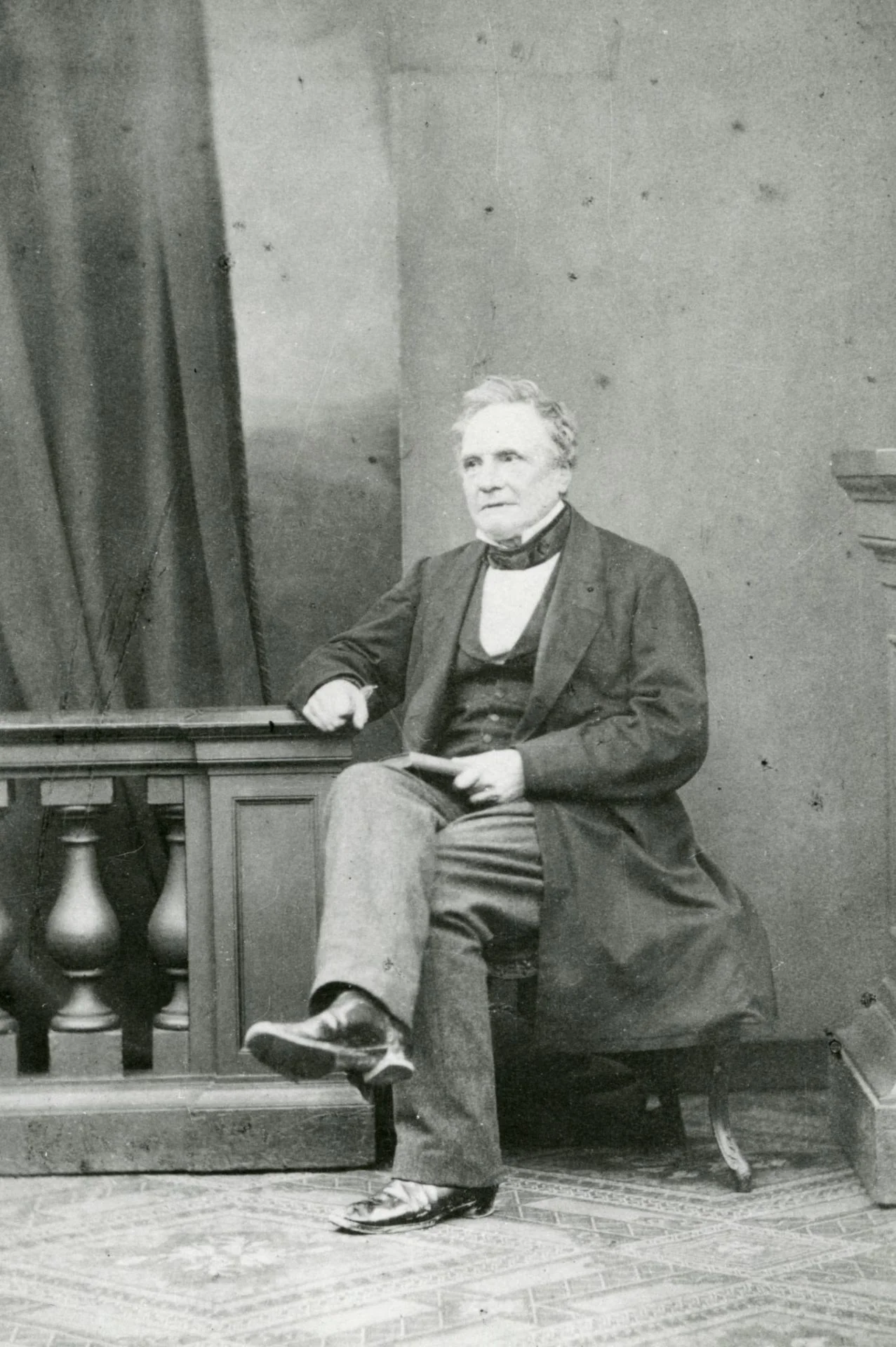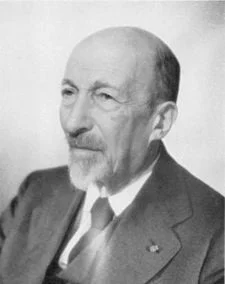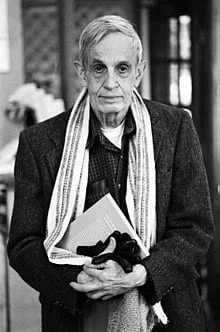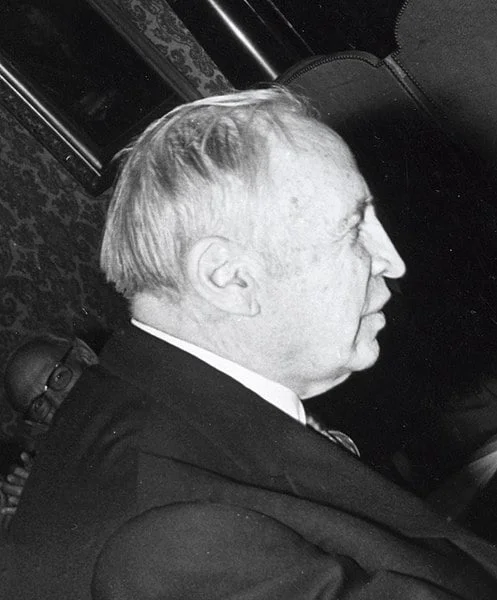Real Celebrities Never Die!
OR
Search For Past Celebrities Whose Birthday You Share

source:wikipedia.org
Father Magnus Wenninger
Birthday:
31 Oct, 1919
Date of Death:
17 Feb, 2017
Cause of death:
Natural causes
Nationality:
American
Famous As:
Priest
Age at the time of death:
97
Early Education and Monastic Life
Magnus J. Wenninger was a renowned mathematician and a Benedictine monk who made significant contributions to the field of mathematics, particularly in the area of polyhedra and polyhedron models. Born Joseph Wenninger on October 31, 1919, in Park Falls, he called himself Magnus Wenninger after being ordained. He grew up wanting to be a priest.
Joseph attended two years of college at Saint John’s University from 1937 to 1939. He then entered the novitiate of Saint John’s Abbey and received the name Magnus. After making his first profession of vows as a Benedictine monk on July 11, 1940, Magnus completed his last two years of college, earning a Bachelor of Arts degree in Philosophy. He then began his four years of theological training at Saint John’s Seminary and was ordained to the priesthood on September 2, 1945.
Academic Career and Teaching
In his professional career, Wenninger served as a professor of mathematics at the College of Saint Benedict and Saint John’s University in Minnesota. He was a highly respected educator, known for his dedication to teaching and his ability to convey complex mathematical concepts in a clear and accessible manner. Many of his students remember him fondly for his passion for mathematics and his willingness to go the extra mile to help them grasp difficult mathematical principles.
Contributions to Polyhedra
Wenninger’s most significant contributions to mathematics lie in the field of polyhedra, which are three-dimensional shapes with flat faces and straight edges. He authored several books on polyhedra, including “Polyhedron Models” and “Dual Models,” which are considered foundational texts in the study of polyhedra. In these books, Magnus Wenninger meticulously documented and classified various polyhedra, providing detailed instructions for constructing physical models of these complex shapes.
Creation of Polyhedron Models
One of Wenninger’s most enduring achievements is his creation of numerous polyhedron models using paper or other materials. These models served as valuable teaching aids and have been used in classrooms and mathematics workshops around the world. Wenninger’s meticulous attention to detail and his ability to visualize complex geometrical shapes made his models not only educational but also aesthetically pleasing.
Impact on Mathematics Education
In addition to his work on polyhedra, Wenninger also made significant contributions to the broader field of mathematics. His work garnered him recognition among his peers and solidified his reputation as a leading figure in the mathematical community. Wenninger’s work has had a lasting impact on the field of mathematics, inspiring countless students and educators to explore the beauty and intricacy of geometric shapes. His legacy continues to be celebrated through the ongoing use of his polyhedron models in educational settings and the enduring relevance of his publications in the study of polyhedra.
Magnus Wenninger's Quote's
Personal Life and Legacy
Aside from his professional accomplishments, Wenninger was also known for his warm and gentle demeanor. He was a beloved member of the Saint John’s Abbey community, where he dedicated himself to a life of service and spiritual guidance. His humility, kindness, and unwavering commitment to his faith left a lasting impression on those who knew him.
Despite his passing on February 17, 2017, Magnus Wenninger’s influence continues to be felt in the mathematical community and beyond. His contributions to the field of mathematics have cemented his place as a pioneering figure in the study of polyhedra and have left an indelible mark on the world of mathematics education. Magnus J. Wenninger’s life and work serve as a testament to the transformative power of passion, dedication, and intellectual curiosity.
Name:
Magnus Wenninger
Popular Name:
Father Magnus Wenninger
Gender:
Male
Cause of Death:
Natural causes
Spouse:
Place of Birth:
Park Falls, Wisconsin, U.S.A
Place of Death:
Collegeville, Minnesota, U S.A
Occupation / Profession:
Personality Type
Advocate: Quite and mystical yet very inspiring and tireless idealists. he was very hard working and always willing to go extra mile for his ideals.
As a part of studying Educational Philosophy at the University of Ottawa, he wrote a thesis tittled "The Concept of Number According to Roger Bacon and Albert the Great".
Wenninger is particularly renowned for his creativity in designing various intricate polyhedral shapes and forms.
“Lifetime Achievement Award” from Special Interest Group on Mathematics and Arts of the Mathematical Association of America.
